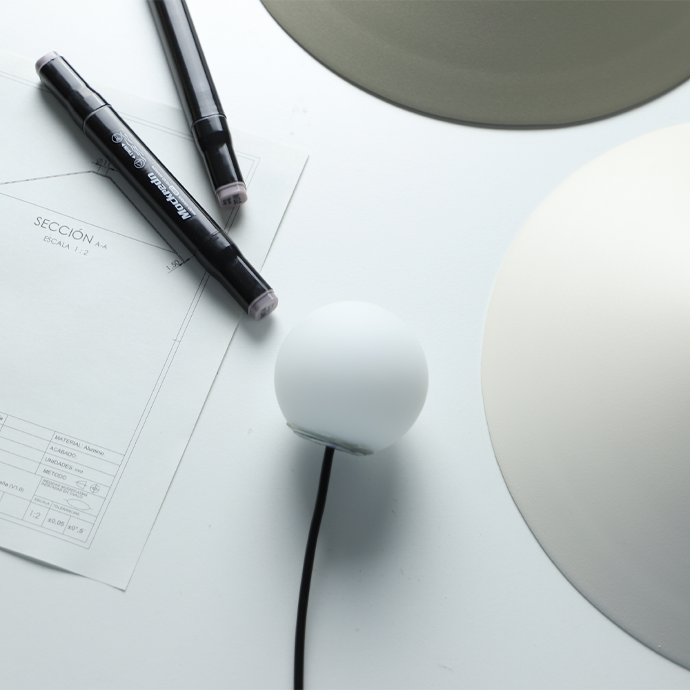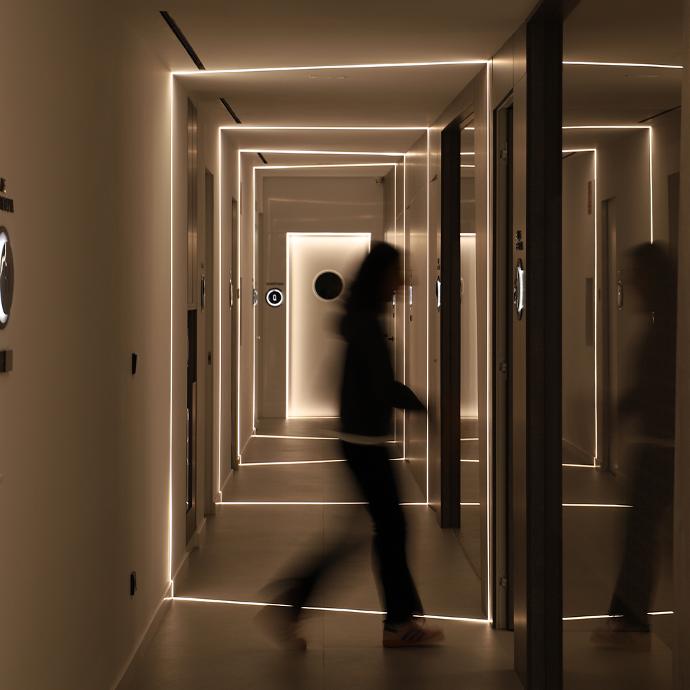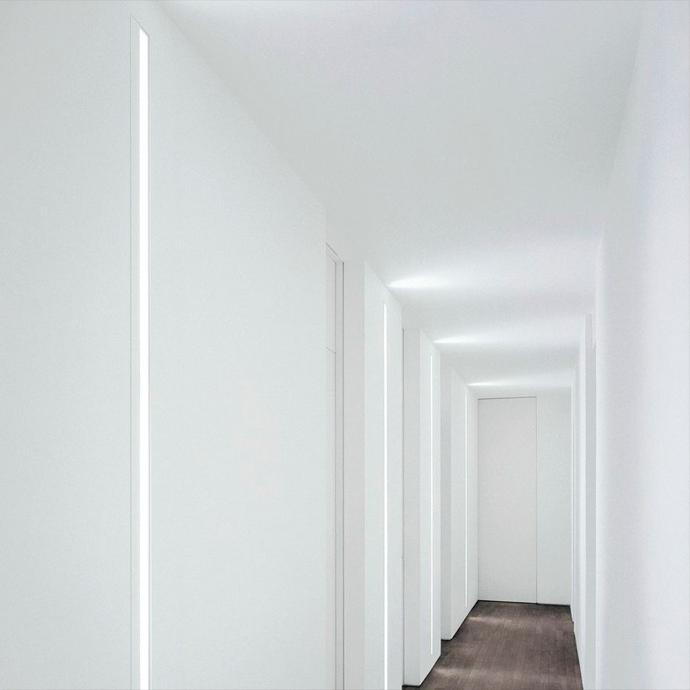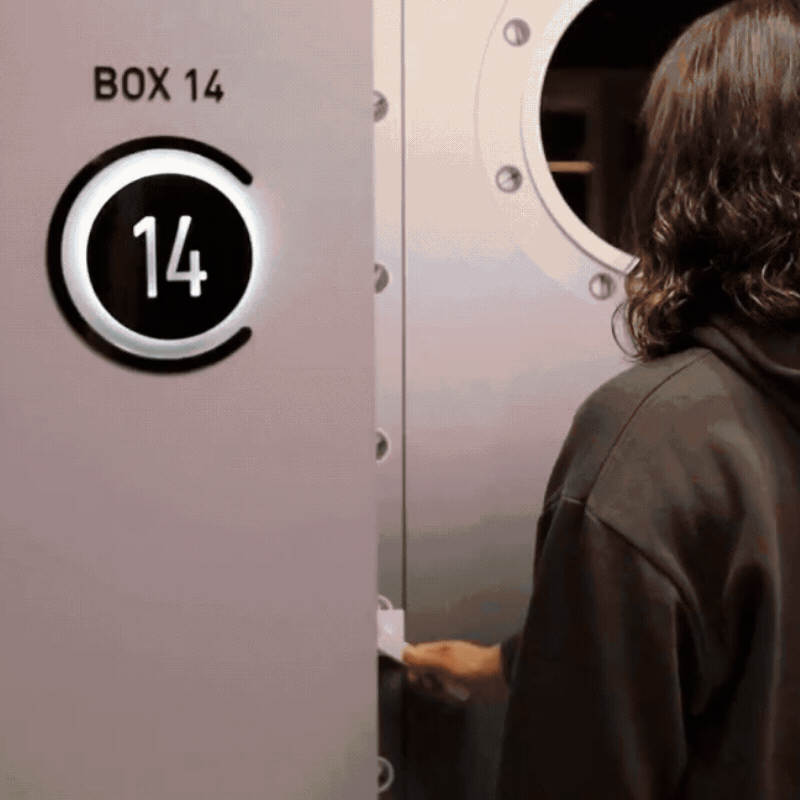Myths and Facts About LED Lighting: What You Need to Know?
23 juillet, 2024
par

Carlos Tortosa
LED lighting has revolutionized the lighting market in recent years, offering a more efficient and sustainable alternative to traditional bulbs. However, some myths and misunderstandings about this technology persist. In this blog, we debunk common myths and reveal the truths behind LED lighting.
Myth 1: LED Bulbs Are Expensive and Not Worth It
Fact:
Although the initial cost of LED bulbs may be higher than incandescent or fluorescent bulbs, the long-term savings outweigh this difference. LEDs have a much longer lifespan and are more energy-efficient. This means you will spend less on replacements and electricity over time.
Example: An LED bulb can last up to 25,000 hours, whereas an incandescent bulb lasts around 1,000 hours. This represents significant savings on bulb replacements over time.


Myth 2: LED Bulbs Are Too Cold and Don’t Provide Warm Light
Fact:
LED bulbs are available in a variety of color temperatures, from warm to cool. You can find LEDs that mimic the warm light of incandescent bulbs and are perfect for creating cozy environments.
Tip: Look for LED bulbs with a color temperature of 2700K if you prefer a warm light similar to traditional bulbs.
Myth 3: LED Lighting Is Not As Bright As Traditional Bulbs
Fact:
LED bulbs can provide brightness comparable to or even exceeding that of traditional bulbs. The key is to choose the right type of LED for your needs. Modern LEDs are designed to offer a wide range of light intensities.
Comparison: A 10-watt LED bulb can provide the same amount of light as a 60-watt incandescent bulb.


Myth 4: LEDs Contain Mercury and Are Hazardous to Health
Fact:
Unlike compact fluorescent bulbs, LEDs do not contain mercury. This makes them a safer and more environmentally friendly option. In the event of a breakage, LEDs do not pose health risks.
Benefit: The absence of mercury in LEDs reduces the risk of exposure to toxic substances and makes recycling easier.
Myth 5: LEDs Are Too Harsh on the Eyes
Fact:
LEDs are not inherently harmful to the eyes. However, prolonged exposure to any intense light source can cause discomfort. The key is to use high-quality LEDs and avoid glare.
Recommendation: Opt for LEDs with high-quality light, and if necessary, use diffusers to reduce glare and improve visual comfort.


Myth 6: LED Bulbs Have Compatibility Issues with Dimmers
Fact:
Many LEDs are now compatible with dimmers, but it is important to check product compatibility before purchase. Dimmer switches designed for LEDs are different from those used for incandescent bulbs.
Suggestion: If you plan to use LEDs with dimmers, ensure the dimmer is LED-compatible to avoid flickering or performance issues.